Pink Floyd‘s masterpiece album The Dark Side of the Moon has just about everything going for it: profound themes, cutting lyrics, mesmerizing instrumental passages, stunning sound effects. But did you know it almost had a contribution from a Beatle?
Videos by American Songwriter
That’s right: Paul McCartney recorded dialogue that could have been used in the album, only to have the band decide that it didn’t fit. Here’s the story of one of the few times that an artist said, “Thanks, but no thanks” to a potential Fab Four connection.
“Moon” Landing
Pink Floyd survived the loss of their original frontman Syd Barrett and even began to thrive as a live act in the years following his dismissal, which came not long after they broke big in 1967. But heading into 1973, they hadn’t really put everything together in the studio for an entire album’s worth of excellence. The Dark Side of the Moon changed all that in a massive way.
In making the album, Floyd collected a few pieces of instrumental material that were unused from previous projects, and supplemented that with a few more tracks written anew. Taken as a whole, the music focused on David Gilmour’s soaring guitar with Rick Wright’s atmospheric keyboard work. The band also made the critical decision to turn over all their lyric duties to bassist Roger Waters.
Waters decided to try and tie all the album’s songs together within a common theme. Madness had hit very close to home to the band via their dealings with Barrett, whose mental problems had flared up with copious use of psychedelics and forced his dismissal from the band. Thus, it made sense as a topic to explore. The band worked out the Dark Side of the Moon songs in concert before even bringing them to the studio. But they also had other ideas for how to embellish the songs, and one of those ideas is how Paul McCartney came into the picture.
McCartney on the Mic
Pink Floyd came up with the idea to insert bits of dialogue throughout the songs. Instead of using something that had already been recorded, they decided to tape different people talking about the record’s themes, such as violence and madness. These interviewees were prompted by flash cards or questions from Waters, and were supposed to simply give their honest opinions.
The band decided they’d simply flag down people who were wandering around Abbey Road to get the needed material. These passages turned out to be the perfect touch, as the unvarnished opinions played perfectly off Waters’ lyrics.
For example, a character identified only as “Roger the Hat” provided a key component of “Us and Them,” with lines like, I mean they’re gonna kill ya, so if you give him a quick short sharp shock, they don’t do it again, dig it? The doorman at Abbey Road, Jerry Driscoll, came through with the line that would be used to finish off the album, right before the heartbeat fades out: There is no dark side of the moon, really; matter of fact, it’s all dark.
At the same time Floyd was conducting these fascinating recording experiments, Paul McCartney was at EMI as well. He was in the process of completing the album Red Rose Speedway, which was the second full-length LP with his post-Beatles band Wings. Floyd hailed down both McCartney and Wings guitarist Henry McCullough to participate.
McCullough’s interview produced one usable piece (I don’t know, I was really drunk at the time), which can be heard in the fading moments of the iconic track “Us and Them.” McCartney also sat down with Waters, but we’ll never know what he said. That’s because Pink Floyd decided not to use his contributions.
Turning Down Paul
Roger Waters claimed after the fact that McCartney’s responses weren’t quite in the spirit of what the others had done. He felt Macca had put on a kind of performance, rather than giving honest answers. Whether McCartney misunderstood the brief or didn’t want to reveal too much of himself is impossible to say.
The Dark Side of the Moon didn’t need the help anyway. The album went on to become a juggernaut of proportions the rock music world had never witnessed. It’s hard to imagine a bit of dialogue from McCartney would have made too much of a difference with that.
One other side note: McCartney has worked with Floyd guitarist David Gilmour since then, most notably on the hit single “No More Lonely Nights.” It doesn’t appear as if he was too put out by the Dark Side of the Moon omission. Still, it’s one of rock and roll’s most fascinating what-might-have-been moments.
When you purchase through links on our site, we may earn an affiliate commission.
Photo by David Redfern/Redferns



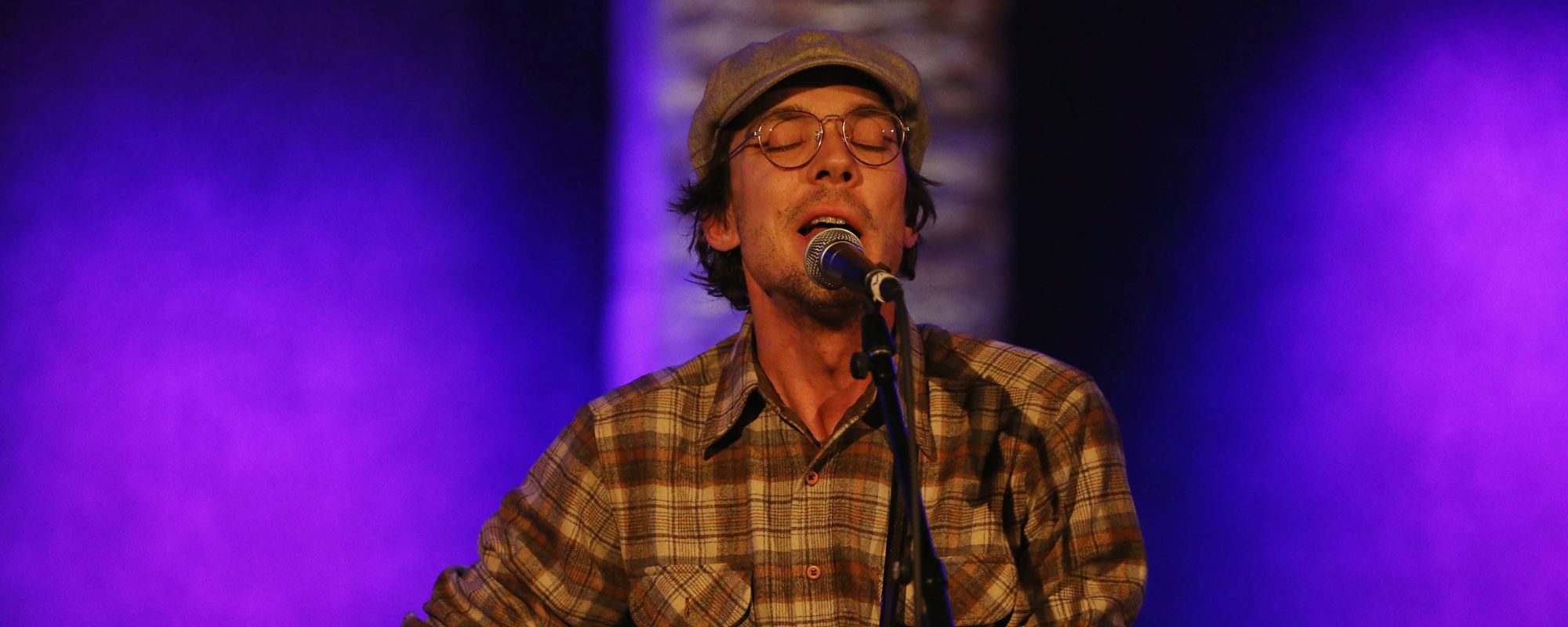
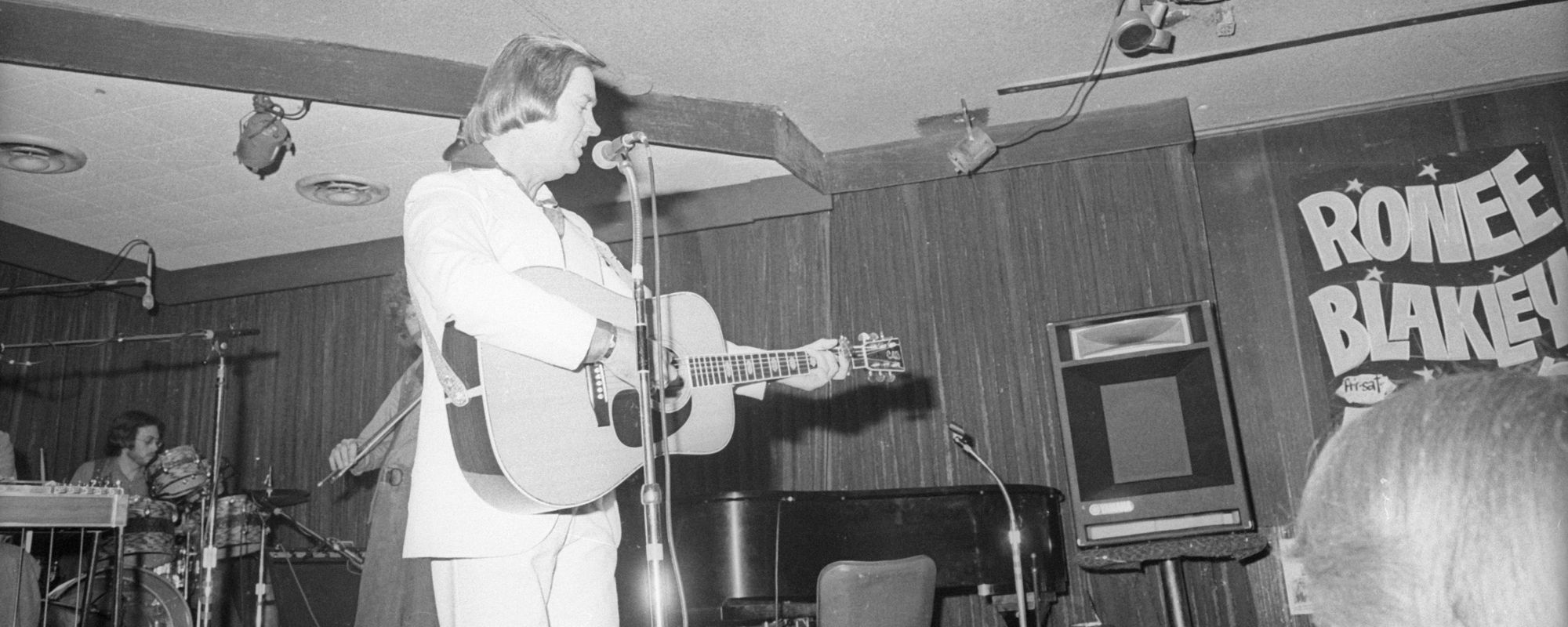

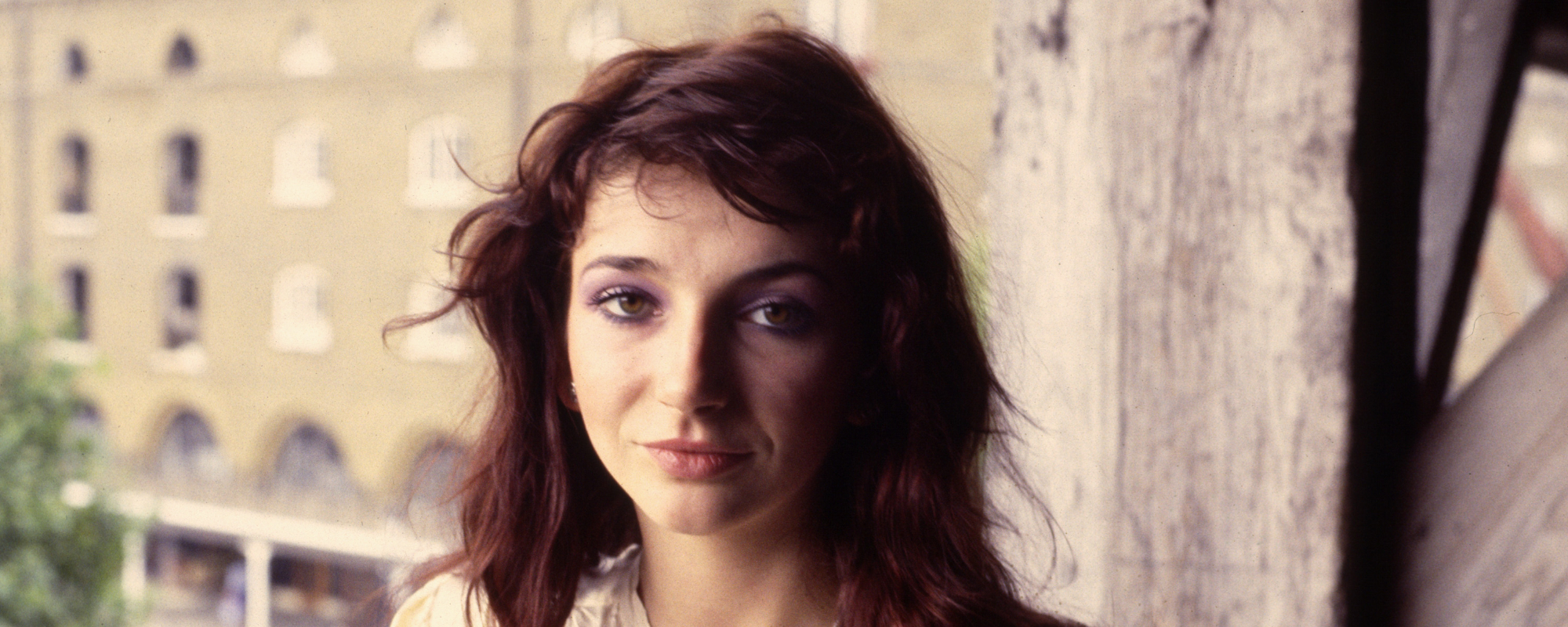
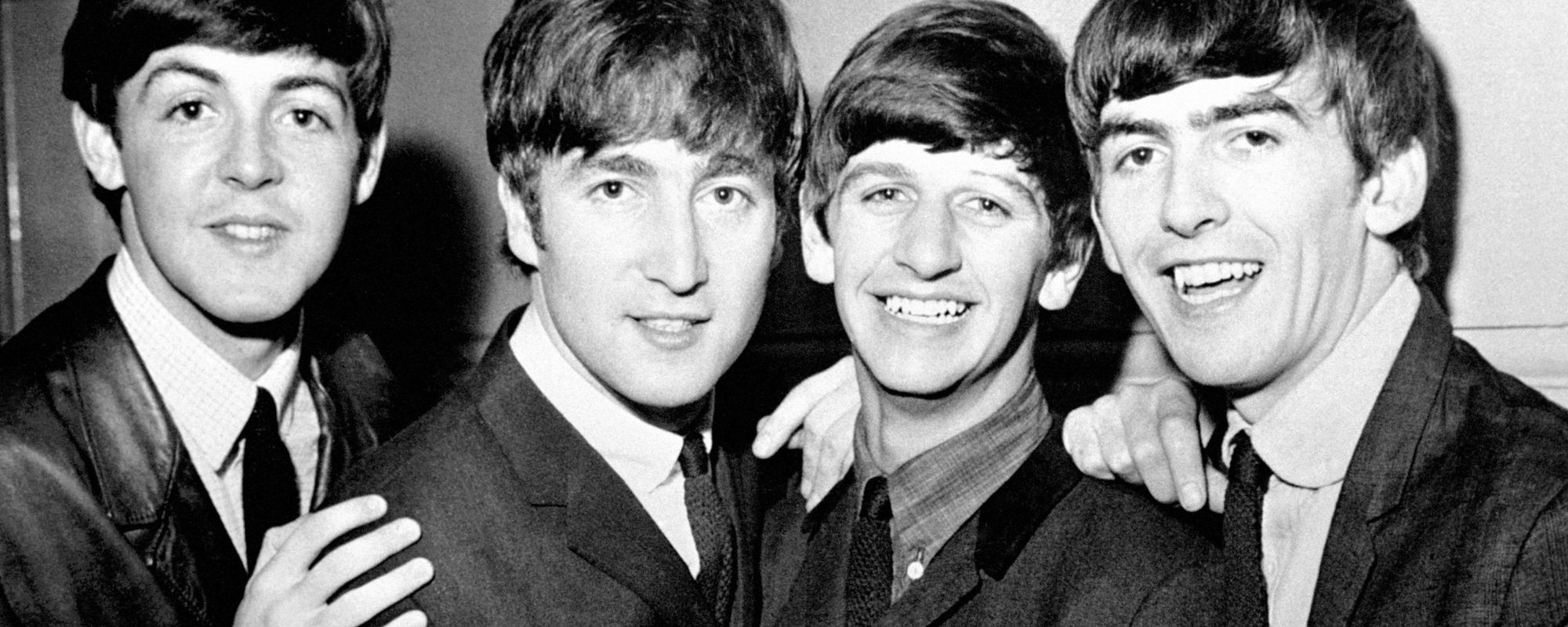
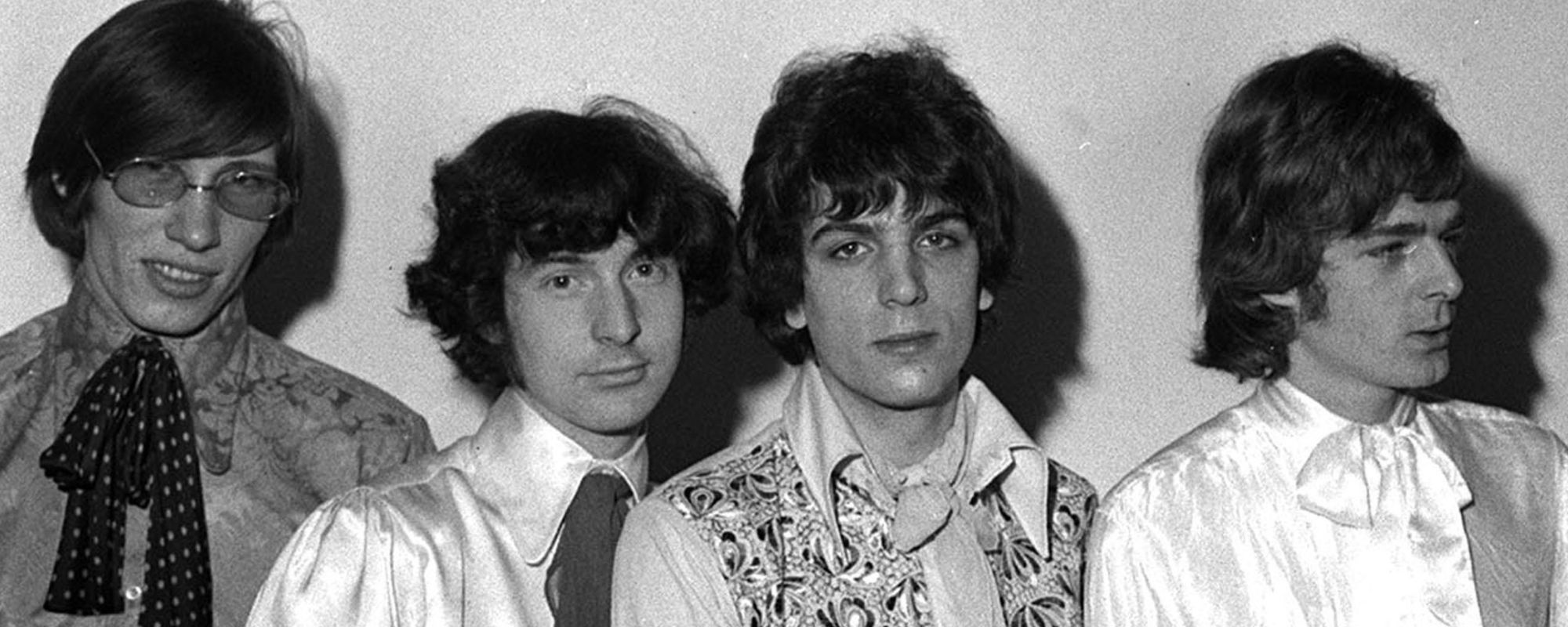
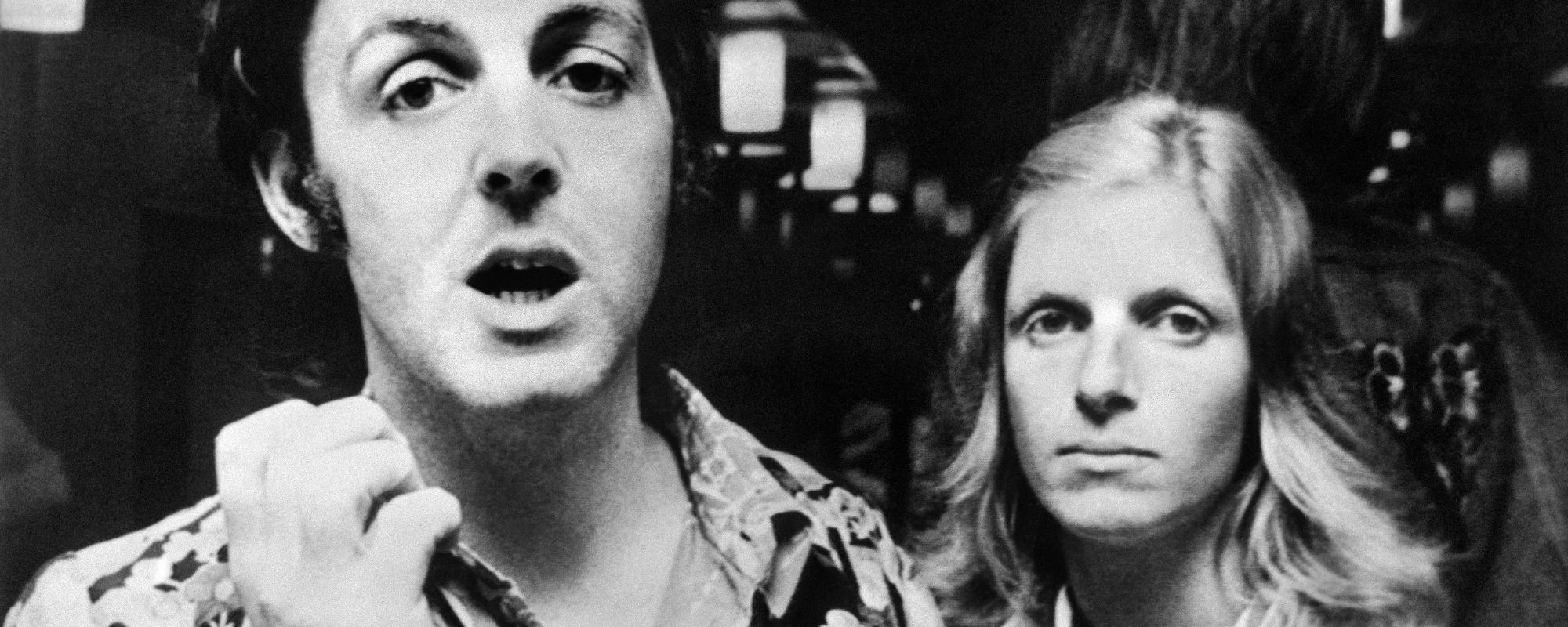


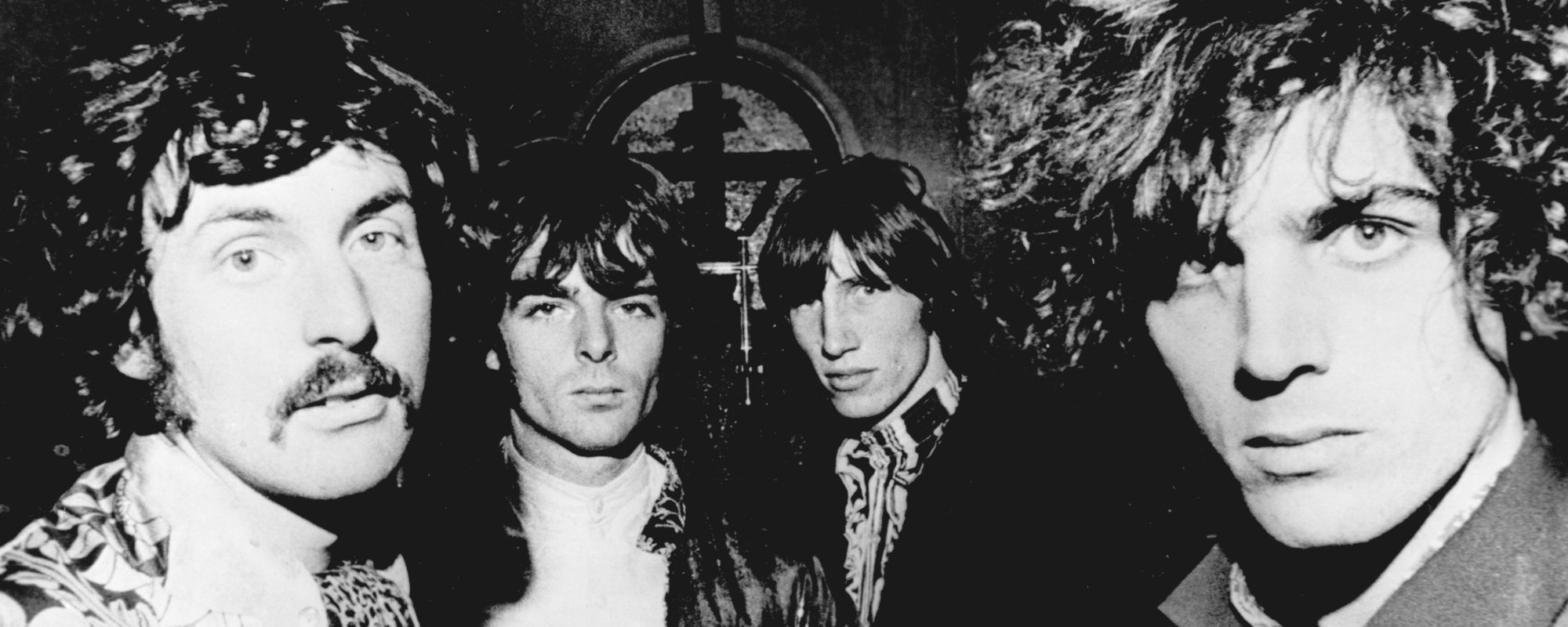
Leave a Reply
Only members can comment. Become a member. Already a member? Log in.